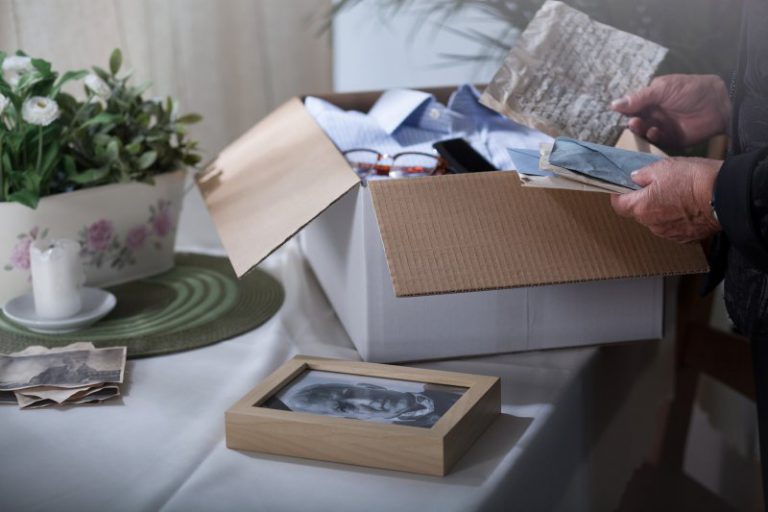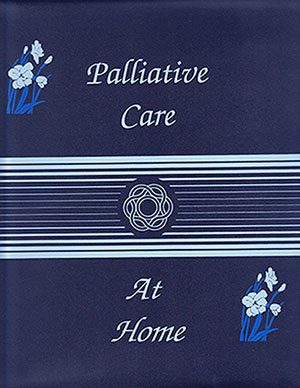

Check for Advance Directive DocumentsĪdvance directives map out a patient's wishes regarding the care they would like to receive as they reach the end of their life. This document is necessary for various responsibilities such as matters related to life insurance and financial/property issues. Timely action is imperative because it will begin the process of issuing a death certificate.

This can be done by a doctor or hospice clinician, who will also need to fill out the necessary legal papers to certify the time, place, and cause of death. In the moments after a patient passes away, death should be officially pronounced as quickly as possible. This can include assistance such as aiding in the arrangement of the funeral or spiritual support from a chaplain. At VITAS, we are committed to being as involved in the bereavement process as the family would like us to be. Under the Medicare hospice benefit, families are entitled to bereavement support from their hospice care provider for at least 12 months following the death of their enrolled loved one. With the expertise and experience of our interdisciplinary care team members, we offer empathic support to family members and other loved ones. VITAS is here to provide comfort and assist with bereavement once your loved one has passed. What to Do After a Hospice Patient Dies at Home Call Hospice Taking care of yourself is easy to forget during this time of mourning and remembering, yet it is so important. Remember that grieving takes time, and each person has their own process for grieving. Processing the death of a loved one is one of the most difficult experiences we face in life. Reminiscing is another way to connect meaningfully during the final days and hours. Though the vulnerability of opening up can be daunting, it may later be reassuring to know you took the chance to share your feelings. Take the opportunity to say what is in your heart to your loved one reaching end of life. Realizing a loved one is dying can be emotionally trying, yet saying goodbye, even if your loved one is no longer conscious, can be a significant part of the grieving process. According to studies, hearing may be the last sense to leave a person who is actively dying.

Clinical symptoms aside, emotional signs of death can include: Patients may also be aware of when the end of their life is drawing nearer. The final 2-6 days of a patient’s life are indicated by the shutting down of normal bodily function. A few of these indicators leading up to the final week include: The final days of patients’ lives are generally accompanied by specific clinical symptoms. The following information is not intended to predict what will happen, but to give you an idea of what to expect or where your loved one may be in his or her dying process, in the hope that you can make the most of your time together.

Some family members may attend early or frequently in the process, then not be there for the death itself.īe confident that your presence remains with your loved one.
#Hospice home binfer how to#
There are no rules on how to die or how to witness a loved one’s last moments-or last months. What to Expect When a Loved One Dies at Homeĭeath is a natural event. We support families and caregivers in gaining a clearer understanding of what happens when someone dies in hospice. At VITAS Healthcare, our role is to provide the tools for those who are closest to patients to be prepared for this time. The death of a loved one is a trying time for families and caregivers. Medicare Hospice Benefit & Physician Billing.Benefits of Hospice and Palliative Care.Hospice and Palliative Care Eligibility Guidelines.The third part contains guidance to surveyors, including additional survey procedures and probes.The second part contains the wording of the regulation.The first part contains the survey tag number.The Interpretive Guidelines include three parts: Deficiencies are based on a violation of the statute or regulations, which, in turn, is to be based on observations of the hospice’s performance or practices. The hospice survey is conducted in accordance with the appropriate protocols and substantive requirements in the statute and regulations to determine whether a citation of non-compliance is appropriate. They serve to clarify and/or explain the intent of the regulations and allsurveyors are required to use them in assessing compliance with Federal requirements. The purpose of the protocols and guidelines is to direct the surveyor’s attention to certain avenues for investigation in preparation for the survey, in conducting the survey, and in evaluation of the survey findings. Survey protocols and Interpretive Guidelines are established to provide guidance to personnel conducting surveys.


 0 kommentar(er)
0 kommentar(er)
